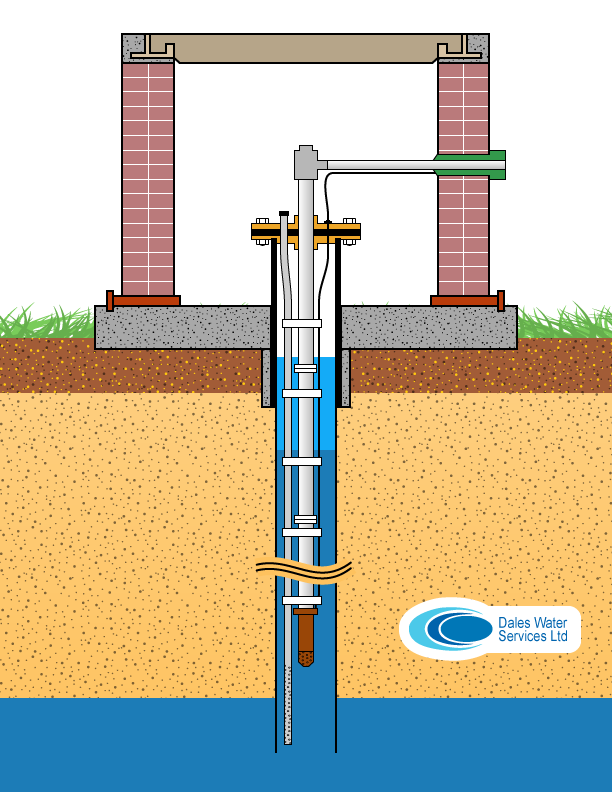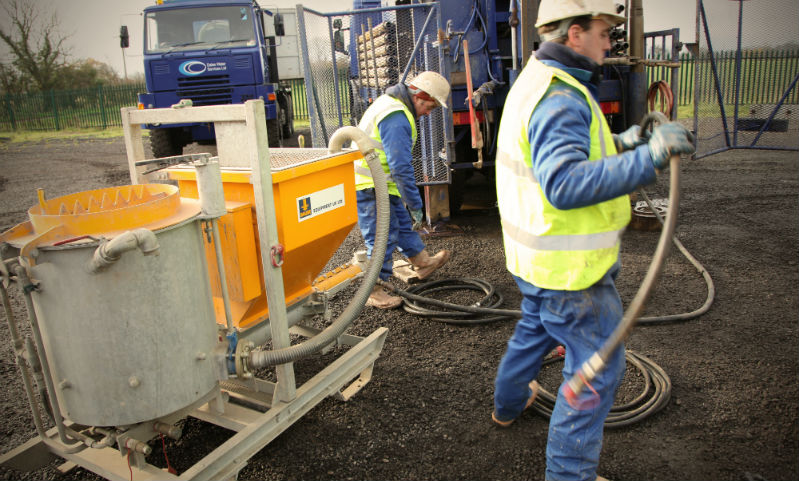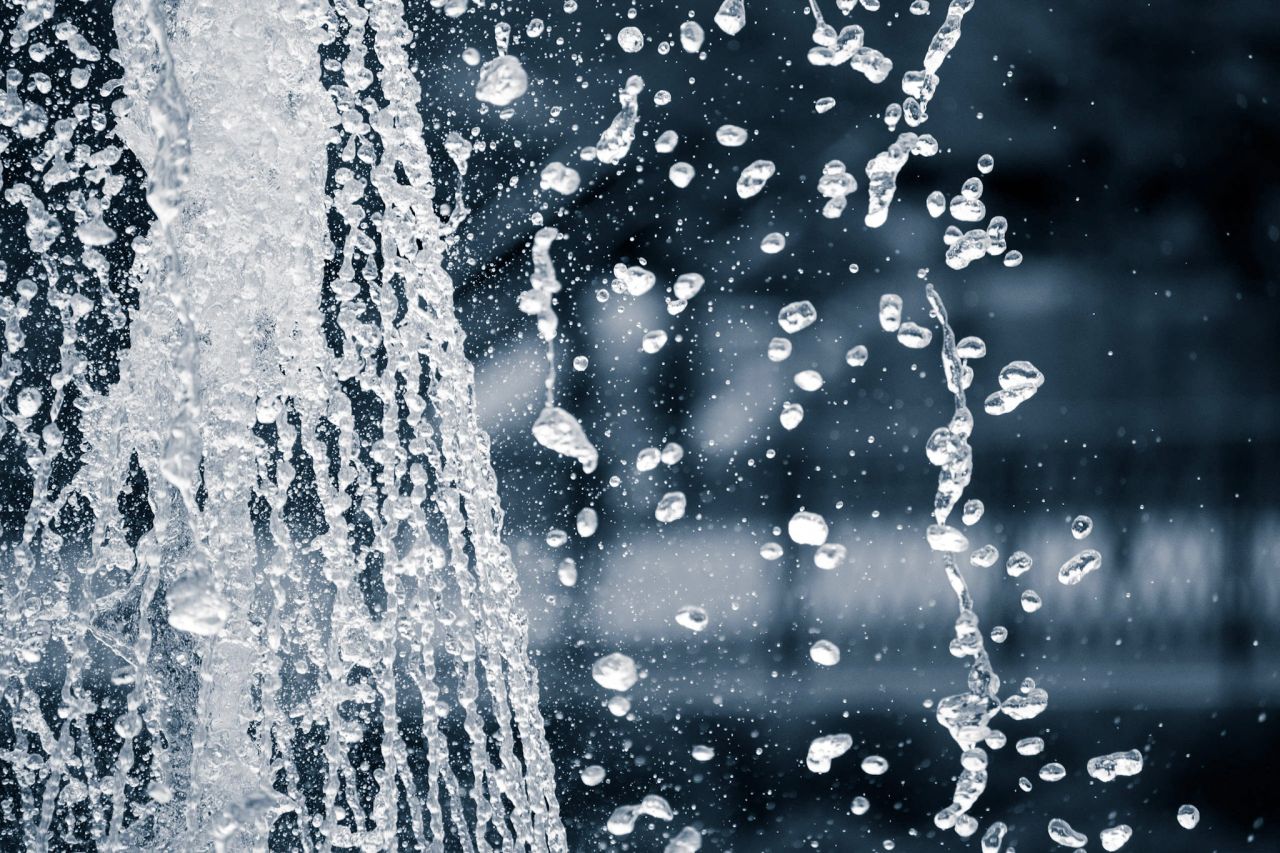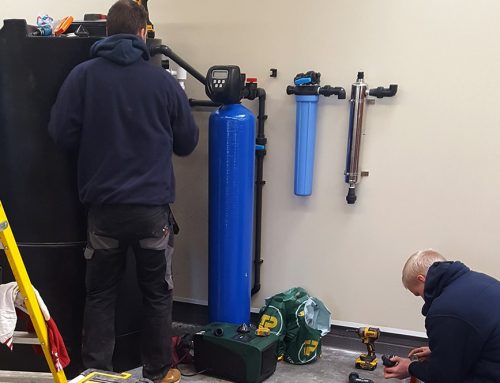Borehole design is extremely important; both for ensuring the sustainability of groundwater and also to make sure the installation creates a cost effective method of obtaining water for the end user.
Sadly, borehole design and construction is one of the most overlooked aspects within the industry and not enough time, care or attention is put into this stage of the process and it is actually the most vital point.
Boreholes are drilled to be fully functioning for a very long time – often longer than our own lifetimes. That often means the lowest up front cost is not always the most cost effective route, particularly if construction quality is overlooked in a bid to save money.
Cheap drilling or poor construction can lead to an inadequate supply, premature failure of the borehole or contamination of a controlled water. This can create additional expense, that may result in the borehole being more expensive than it should have been in the first place, that could otherwise have been avoided.
In some cases badly designed boreholes have to be abandoned all together, the end user will then have to spend even more money rectifying the situation e.g.: by getting a properly constructed borehole drilled to provide a water supply or decommissioning the redundant supply. We are frequently contacted by people who have had a borehole constructed by others which after discussion is pinned down to the constructional technique used and not enough time or consideration being taken during the design stage.
Key Steps of a Successful Borehole Installation
- Siting – includes desk study, field reconnaissance, and surveys to asses the following: sufficient yield for the intended purpose, appropriate water quality for the intended purpose, avoidance of potential sources of contamination, proximity to the point of use, accessibility for construction / drilling team, need for an abstraction licence and avoiding other groundwater sources.
- Choosing construction methods – Proper specification of well depths, correct drilling rig specification. The drilling technology used needs to match the borehole design
- Design & Construction – Ensuring the well is fit for purpose e.g. yield, diameter, depth, casing and screen, gravel pack/formation, appropriate well construction / development, pumping test and water quality analysis.
- Database / Record Keeping – Logging borehole location and other hydrogeological data
- Well Maintenance and Monitoring – See our post on borehole maintenance
An Example of a Best Practice Borehole Installation

Borehole Schematic – A Typical Dales Water Borehole Installation
A typical waterwell borehole will look something like the above diagram and include the following (Please note several components aren’t listed here to keep things simple and not everything may be used on every borehole depending on site specifics):
In the Borehole itself:
Borehole pump, cable, rising main– A pump is chosen to suit a customer’s pressure and flow requirements and lowered to the correct depth within the borehole supported on WRAS approved (or as appropriate) rising main which also acts as the water delivery pipe. The cable provides power to the pump. A support line can be introduced if required.
Well casing – The top section of the borehole is lined with solid casings, this prevents any surface water or contaminants entering the water supply and ensures the integrity of the borehole.
Well screen – The lower parts of a borehole may be lined using well screen / perforated / slotted casing. The slots allow water to percolate into the borehole, help to prevent particles entering the borehole and assist in the boreholes integrity.
Gravel Filter Pack – This is used to fill the void between the hole and the borehole installation. The gravel filter serves two purposes, firstly it’s an added water filter that traps sediment and prevents it from entering the borehole secondly it adds an additional layer of support for the borehole preventing any collapse.
On the Surface, The Well Head:
Borehole chamber – Installed at the required depth and designed to suit your requirements and the Private Water Supplies regulations. Dales Water make use of a range of chamber designs to suit your needs, load requirements and where required we also supply specialist and lockable borehole chambers with greater security or architectural features.
Sealed Well Head – Sealed wellhead, this caps off the borehole and prevents any surface water or contaminants entering the borehole.
Water Supply Pipe – This is used to move the water out of the chamber and direct it to the point of use.
Controls
Borehole control system – this is the system used to control the borehole, it can have any number of features including fixed / variable speed, dry run protection, low level cut off capabilities or building management systems to name but some. Dales Water designs a system around the point of end use taking into account the capability of the borehole, yield and client requirements.
Optional Equipment (Dependent on requirements)
Water Storage Tanks – these can be stored above or below ground. Read more about water storage tanks and their uses here.
Water Treatment – In some cases groundwater may require treatment to bring it up to the required standard for its intended use. Dales Water carry out full water analysis and testing and then install a water treatment system to remove the offending substances.



